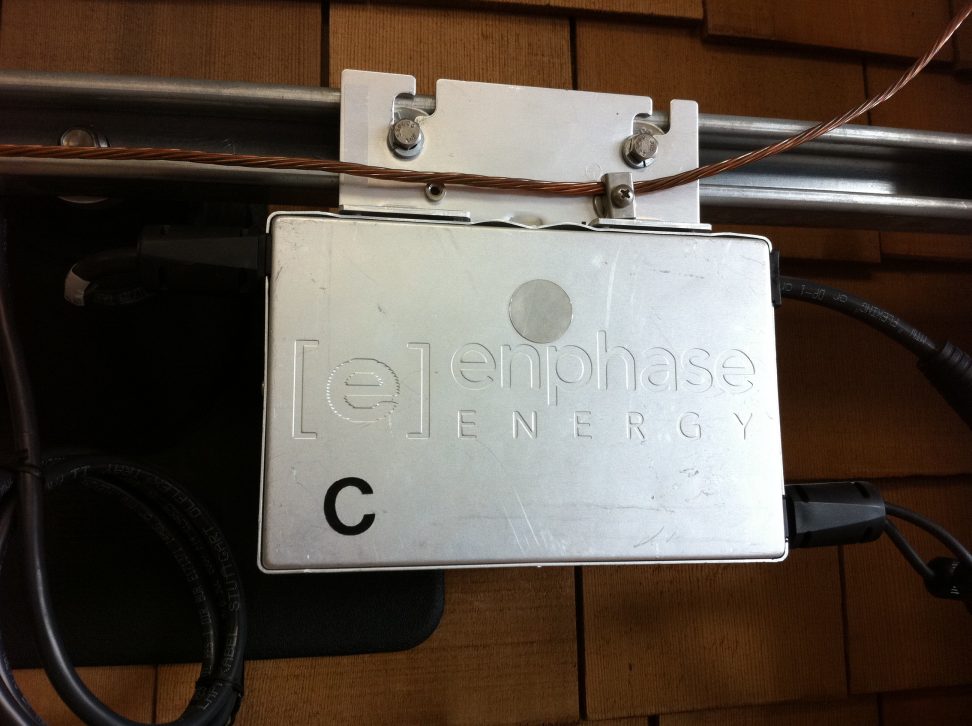I’m just in the process of getting a solar power system for my latest house.
One of the changes since I last bought a system is that micro inverters are now more common than they used to be…….so I thought I would do some investigation.
What Are Inverters
Basically the solar panels produce Direct Current (DC) Electricity.
The DC electricity needs to be converted to Alternating Current (AC) and matched to the Grid.
Basically the inverter is a box of electronics that carries out this task.
Difference between a Traditional Inverter and a Micro Inverter
A traditional inverter is a single box, on the house wall, that combines the electricity from each ‘String’ (group of panels) and does the conversion in that box.
This photo shows an Enphase micro inverter, one of the more common types available in Australia
System Differences
- Probably the first difference that most people will notice is that a Micro Inverter system will be around 20% more expensive.
- One of the issues with a Traditional Inverter is that if one panel in a string is partially shaded it affects every other panel in the string. (if one panel fails all the panels in that string will stop working) This means that a micro inverter system can be more efficient.
- The cables on the roof will run at a much lower voltage with a Micro Inverter making it safer.
- If a micro inverter fails it means you will have to get on the roof.
So What Did I Pick
With only the two of us we decided that a 3kw system would be big enough.
Looking around the house there are no trees or other shading to affect the panel locations.
We therefore decided that the traditional inverter system would be fine as far as efficiency is concerned.
With 2 strings each limited to 1.5kw we thought the voltages wouldn’t be unacceptably high.
